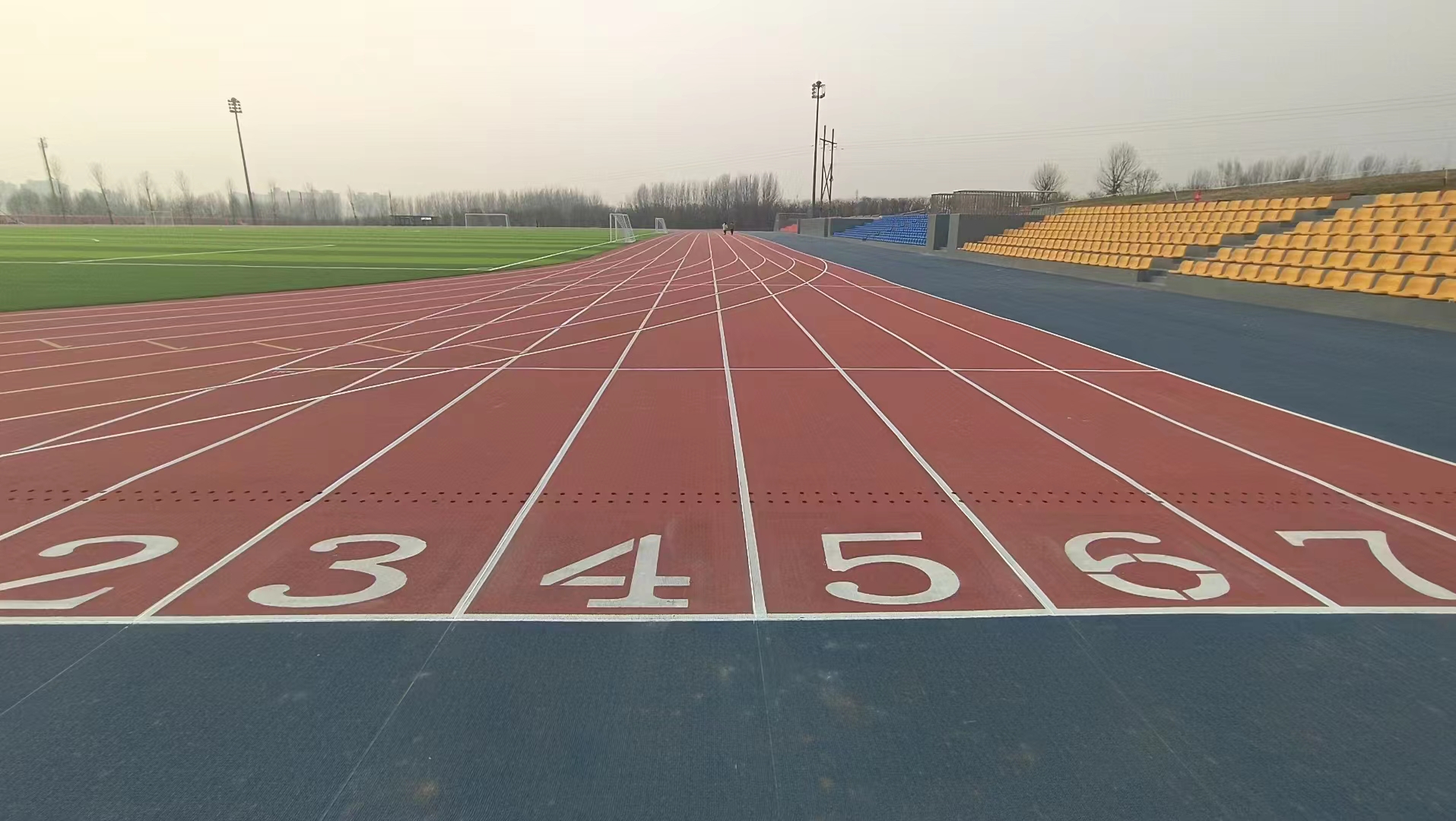Jul . 29, 2024 23:01 Back to list
Factors Influencing Performance on Different Types of Running Track Surfaces and Their Benefits
The Importance of Running Track Surface in Athletics
Running is a fundamental sport enjoyed by many, whether as a competitive pursuit or a leisurely activity. One critical aspect that often goes overlooked is the surface on which runners train and compete. The running track surface plays a significant role in athletes' performance, safety, and overall experience. Understanding different types of surfaces and their effects can help athletes make informed decisions about where to run, ultimately enhancing their training and performance.
Types of Running Track Surfaces
There are several common types of running track surfaces, each offering unique characteristics that can influence an athlete's performance. The most traditional surface is an all-weather track made of polyurethane. These tracks are designed to provide a consistent, durable, and weather-resistant running experience. They are often found in competitive environments like schools and professional athletic facilities, as they can absorb shock and provide good grip without being too harsh on joints.
Another popular surface is the rubberized track, which is often used for outdoor events. Rubber tracks provide excellent shock absorption, reducing the risk of injury and fatigue over long distances. This surface is generally preferred by athletes training for marathons and long-distance events, as it helps mitigate the impact on the legs and joints.
Similarly, dirt and grass tracks offer a different running experience. While they may vary greatly in condition, these natural surfaces are common among community tracks and can provide a softer landing for runners. However, they also come with challenges such as inconsistent terrain, which can lead to toe stubbing or ankle twisting.
Impact on Performance and Injury Prevention
running track surface

The type of running track surface can greatly affect athletes' performance. A well-maintained synthetic track can enhance speed by providing maximum traction and minimal slippage. Athletes running on tracks with insufficient grip or too much cushion may struggle to achieve their optimal speed. Furthermore, poorly maintained surfaces can lead to wear and tear not only on the track itself but also on the athletes’ bodies, increasing the likelihood of injuries.
In terms of injury prevention, a shock-absorbent surface is crucial. Athletes frequently experience joint strain, shin splints, and other overuse injuries due to the repetitive impact of running. Hard surfaces, like concrete or asphalt, can exacerbate these issues. In contrast, cushioned or rubberized tracks often allow for a better distribution of impact forces, reducing the risk of injury and facilitating longer training sessions.
The Psychological Aspect
Besides physical implications, the type of running track surface can also affect an athlete psychologically. Runners may feel more motivated and confident training on a well-maintained synthetic track compared to an uneven dirt path. The knowledge that the surface is designed specifically for performance may enhance their focus and drive. Athletes are also more likely to train harder and achieve personal records when they feel comfortable and secure on their chosen surface.
Conclusion
In conclusion, the surface of a running track is a fundamental element that can significantly influence an athlete's training and performance. Whether it’s a synthetic all-weather track, a rubberized surface, or a natural terrain, each option offers different benefits and challenges. Athletes must choose surfaces that align with their goals and protect against injury while maximizing their performance. By understanding the importance of running track surfaces, athletes can make better choices that promote a healthy and effective running experience. Ultimately, the right surface contributes not only to improved performance but also to a more enjoyable and fulfilling athletic journey.
-
Apex Outdoor Pickleball Courts – Durable & Customizable Surfaces for Your Space
NewsJul.07,2025
-
Premium Pickleball Sport Court Solutions Durable & Customizable Courts for All Levels
NewsJul.06,2025
-
Springs Pickleball 9 Indoor Courts Available – Premier Pickleball Experience
NewsJul.06,2025
-
Durable Plastic Pickleball Court Tiles Versatile Commercial Plastic Flooring Solutions
NewsJul.05,2025
-
Optimal Height for Indoor Pickleball Court Meet Official Standards & Enhance Play
NewsJul.05,2025
-
Premium Pickleball Basketball Sport Court Tiles – Durable, Versatile, Easy Installation
NewsJul.05,2025

